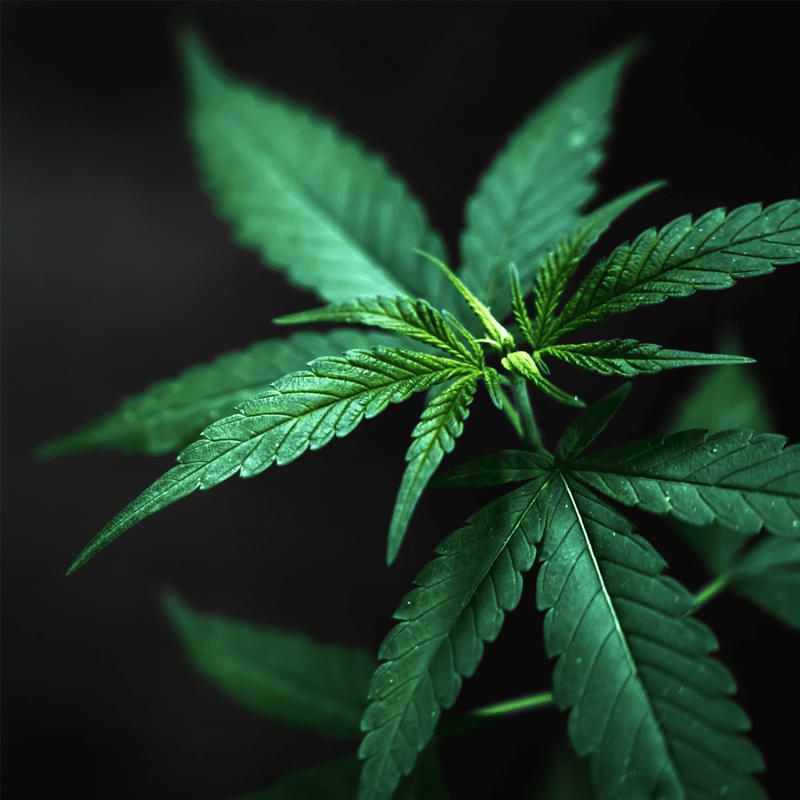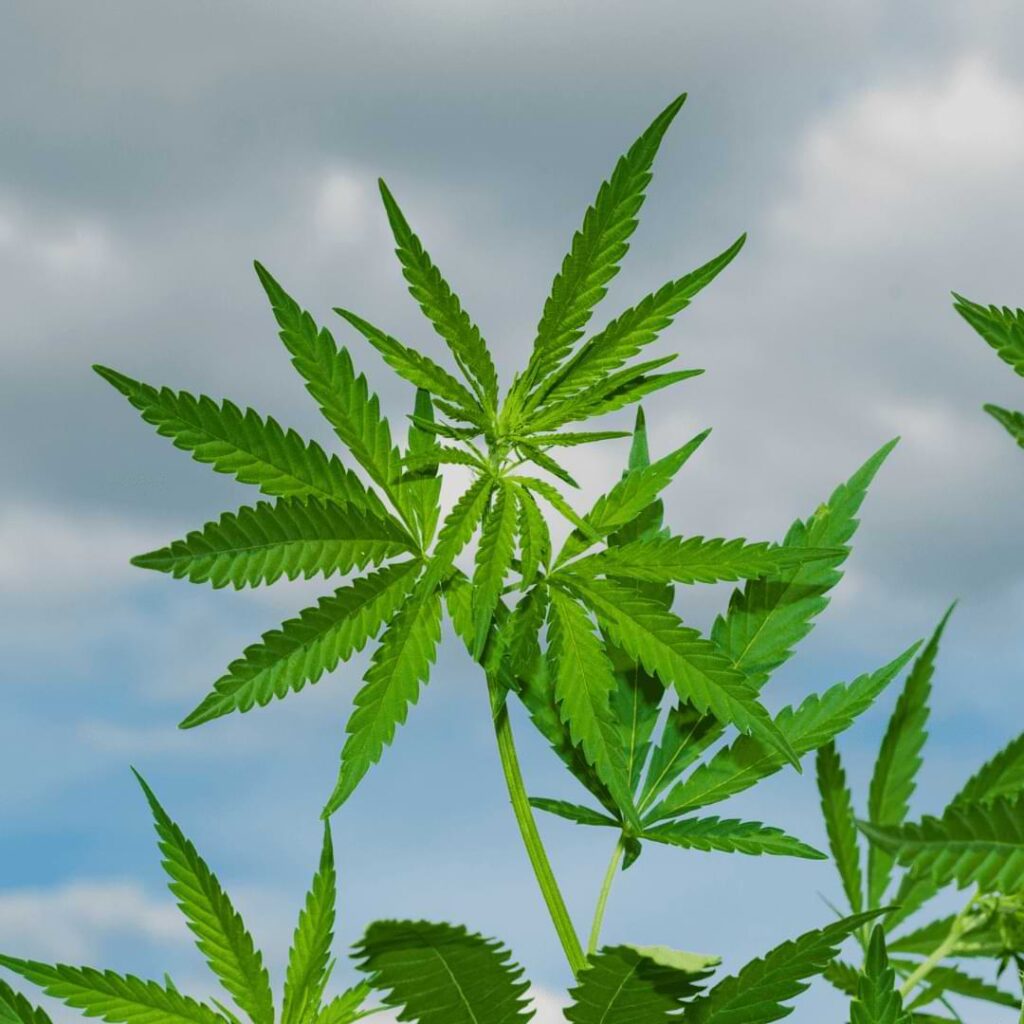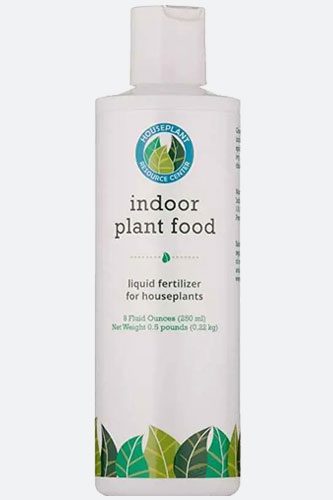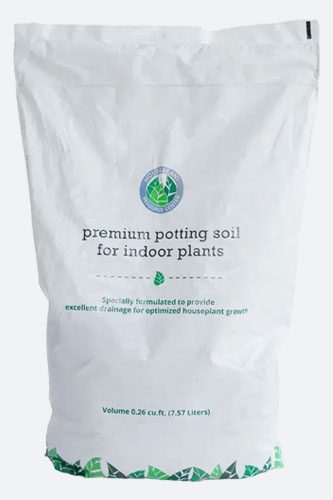Weed plant growing slow? In the world of gardening, every grower aspires to witness the lush growth of their plants, and when it comes to cultivating cannabis, the desire for thriving, vigorous growth is no exception.
However, there are instances when a cannabis plant seems to defy expectations and grows at a snail’s pace.
If your weed is growing slowly, it can be due to too high and low temperatures. It may also have a lack of light, too much water on roots, doesn’t have enough nutrients, and or contains a pest infestation.
In this blog post, we’ll delve into the intriguing phenomenon of slow-growing weed plants, understand the underlying reasons, address concerns about its impact, and equip you with effective strategies to tackle this issue head-on.

Why Is Your Weed Plant Growing Slow?
A myriad of factors can contribute to this phenomenon, ranging from environmental conditions to genetic predisposition.
Insufficient light exposure, suboptimal temperature and humidity levels, imbalanced nutrient intake, and inadequate soil quality are common culprits.
Stressors such as overwatering or underwatering, improper pH levels, and pest infestations can significantly impede the growth rate of your cannabis plants.
Is It Bad For Weed Plants To Grow Slow?
The pace of growth doesn’t necessarily correlate directly with the plant’s health or potency. While slow growth might delay the flowering and harvesting stages, it doesn’t inherently lead to compromised quality or diminished cannabinoid content.
In fact, some strains naturally exhibit slower growth patterns and are perfectly healthy.
What truly matters is addressing the underlying issues and providing your plants with the ideal conditions for their specific needs.
How To Combat Weed Plant Growing Slow: Proactive Strategies
Now that we’ve shed light on the reasons behind slow cannabis growth and dispelled concerns about its impact, let’s dive into actionable strategies to help your plants thrive.
- Optimize Growing Conditions: Assess your growing environment and ensure your plants receive the right amount of light, temperature, and humidity. Investing in high-quality grow lights, maintaining consistent temperatures, and monitoring humidity levels can work wonders.
- Nutrient Management: Create a balanced and appropriate nutrient regimen tailored to your plant’s growth stage. Regularly check pH levels and adjust as needed to avoid a nutrient lockout, which can hamper growth.
- Water Wisely: Practice mindful watering to prevent overwatering or underwatering. Consistently monitor soil moisture levels and adjust your watering schedule accordingly.
- Pest and Disease Management: Regularly inspect your plants for pests and diseases. Implement preventive measures and treat issues promptly to minimize stress on your plants.
- Genetics Matter: Research the genetic traits of the cannabis strain you’re cultivating. Some strains naturally exhibit slower growth, so managing expectations based on your chosen strain is crucial.
Nurturing Your Cannabis Garden To Success
In the world of cannabis cultivation, slow-growing plants need not be cause for alarm. By understanding the factors contributing to slow growth, addressing them systematically, and maintaining patience, you can ensure your cannabis garden flourishes.
Remember that each strain has its unique characteristics, and a slower growth rate doesn’t necessarily equate to poor quality or potency. By adopting a holistic approach and providing your plants with optimal care, you’re setting the stage for a rewarding and bountiful harvest.
For more info on optimizing your cannabis grow space, check out, you can register for our free Ultimate Marijuana Home Growing webinar. Subscribe to our newsletter to get updates about indoor and outdoor growing tips. New subscribers receive a free Quickstart Guide to Growing Marijuana Ebook and they can join our Weed Wisdom Facebook Community.







